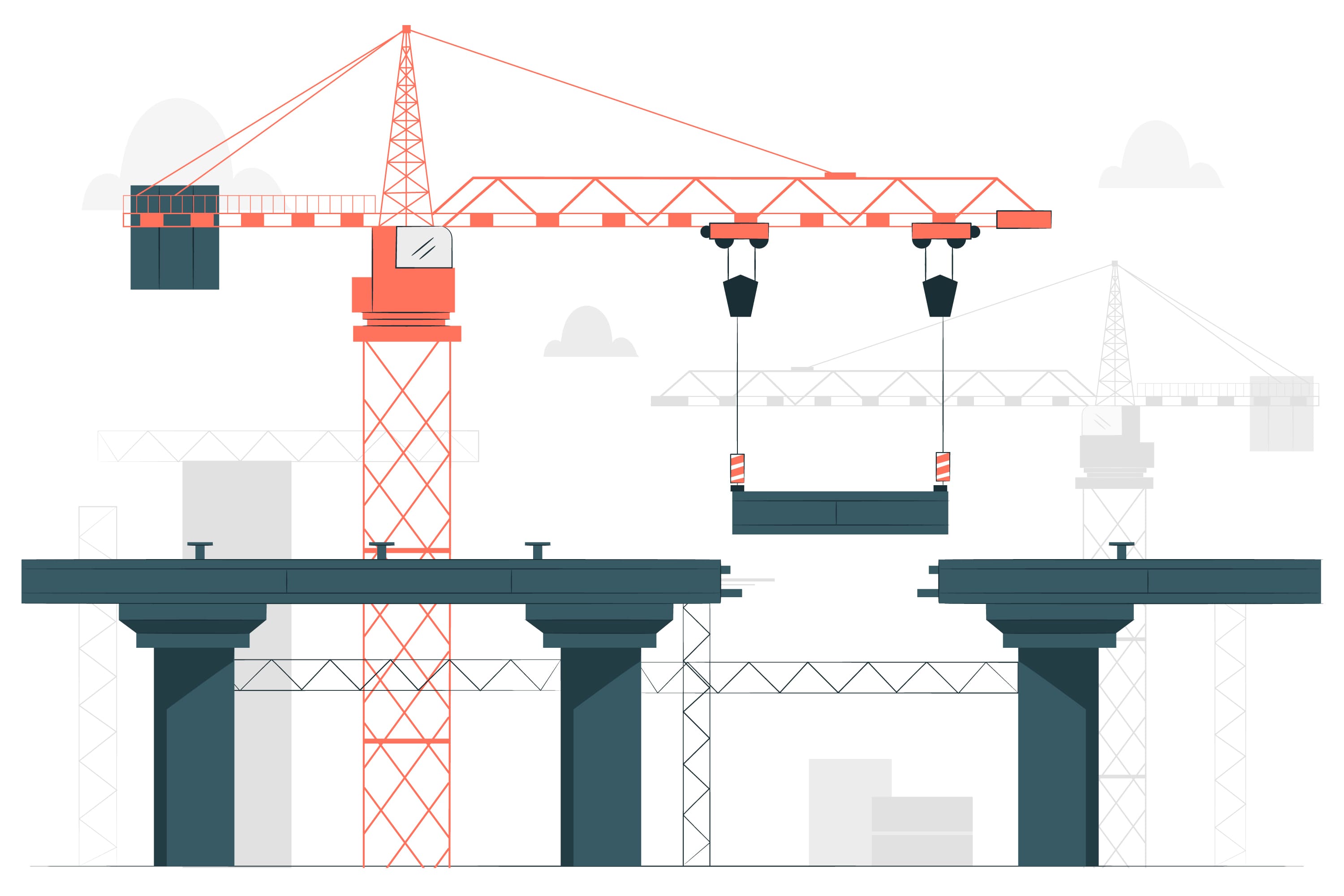Effective communication and stakeholder engagement are critical components of project management. They involve not only conveying information but also building and maintaining positive relationships with stakeholders. Here’s a detailed explanation of these concepts with examples:
Communication Techniques
1. Communication Planning:
Develop a communication plan that outlines the who, what, when, where, why, and how of project communication. Identify the key stakeholders, their communication needs, and the most appropriate communication channels.

2. Regular Status Meetings:
Conduct regular status meetings or updates to keep stakeholders informed about project progress, issues, and upcoming milestones. These meetings provide an opportunity for stakeholders to ask questions and provide feedback.

3. Reports and Documentation:
Create clear and concise project reports and documentation that provide detailed information on project status, risks, and issues. Make these documents readily available to stakeholders.

4. Tailored Messages:
Customize communication messages to suit the needs and preferences of different stakeholders. Some stakeholders may require detailed technical information, while others may prefer high-level summaries.

Stakeholder Engagement
1. Stakeholder Analysis:
Identify and analyze stakeholders to understand their interests, expectations, and influence on the project. Categorize stakeholders based on their level of impact and importance to the project.

2. Engagement Strategies:
Develop strategies for engaging stakeholders effectively. This may include involving them in decision-making processes, seeking their input on key project elements, and addressing their concerns proactively.

3. Conflict Resolution:
Address conflicts or disagreements among stakeholders promptly and diplomatically. Find common ground and solutions that align with project goals and objectives.

4. Feedback Mechanisms:
Establish mechanisms for stakeholders to provide feedback and raise concerns throughout the project. Act on this feedback to demonstrate a commitment to stakeholder engagement.

Effective communication and stakeholder engagement contribute to a project’s success by ensuring that stakeholders are well-informed, supportive, and actively involved in the project. By tailoring communication, engaging stakeholders, and resolving conflicts constructively, project managers can build trust and foster positive relationships that benefit the project’s outcome.
Next: 8. Change Management





